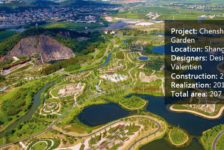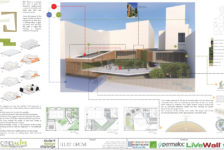In a conversation with writer Nicholas Bueskingkeys, top plantsman, Roy Diblik explains the keys to successful low-maintenance planting. Over the past decade, Roy Diblik has become a prominent name in Midwestern perennials. He runs Northwind Perennial Farm in southern Wisconsin, which supplies some of the largest perennial wholesale companies in the area. He has never received formal education in horticulture. Nevertheless, today Chicago is sprinkled with prominent displays of his work: Lurie Garden, Shedd Aquarium, and the Gary Comer Youth Center, among others. He has become a leading advocate for a paradigm shift in the planting industry, alongside other notable plantsmen including Piet Oudolf and Adam Woodruff.
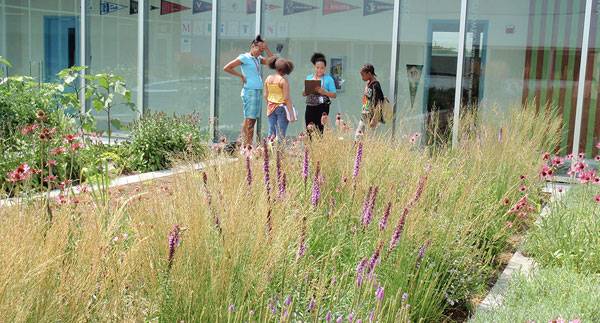
Gary Comer Center. Photo credit: Northwind Perennial Farm
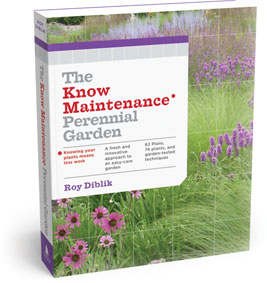
Front cover of The Know Maintenance Perennial Garden, by Roy Diblik. Pick up your copy here!
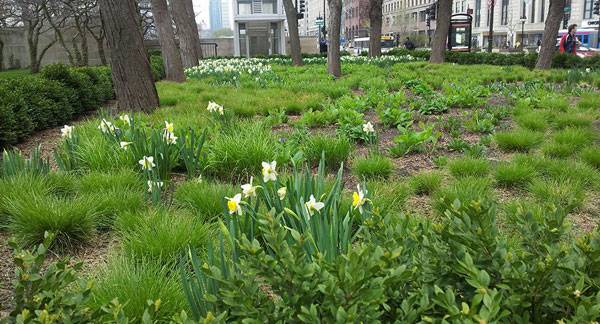
The gardens at the Art Institute in Chicago demonstrate the concept of creating herbaceous coverage in order to push out weeds. Bulbs such as the tulips sprinkled throughout the foreground and background help provide early season interest and coverage while other perennials are getting started. Image credit: Northwind Perennial Farm
What Makes a Good Man-Made Prairie
To achieve these communities in the Midwest, Diblik frequently turns to the prairie. Discussing what makes a good man-made prairie, Diblik hedges a bit. The quality of a “good” outcome can vary, he says, likening it to cuisine. Some people are satisfied with a big, juicy burger. Others would prefer to dine at a five-star French restaurant. Yes, a prairie with low species diversity is still a prairie, but it will not compare to the biodiversity and ecological benefit of a truly healthy prairie. Early in our conversation, Diblik commented that he was interested to see how the recent work on Grant Park had taken shape. He had some early involvement in the project but had eventually moved on. The concerns he had then were still there; the planting beds were much too small for seeding.
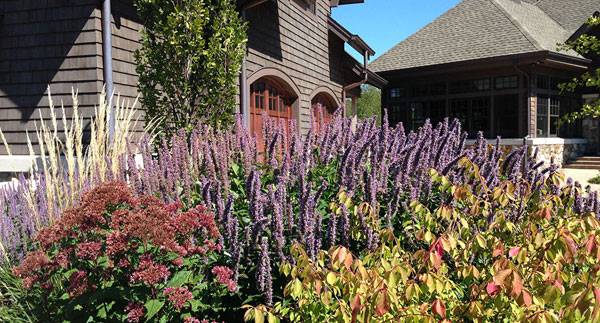
A community-based planting at a Wisconsin residence illustrates the exuberance that can be created through the mixture of color and texture in a small area. Image credit: Northwind Perennial Farm
How to Make Sure Seeding Works
Seeding works best in large areas in which a large diversity can be achieved through the seed mixes. Gradually, the species will eventually establish themselves where they are happiest. In small-scale plantings, the same range of species cannot be achieved. For plantings in residential beds, civic spaces, and parkways—where plugs and containerized plantings are more appropriate—Diblik recommends multi-stage planting, for maintenance and budgetary reasons. Diblik starts with plants that will eliminate work. These are plants that clump together to become the substrate of his planting matrices. In this phase, grasses and sedges predominate. Their density reduces the need for weeding down the line. In a second stage, he adds plants that add color and form to the landscape.
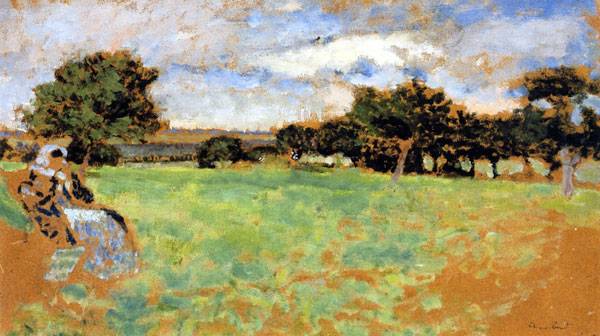
Madame Hessel Sitting in a Meadow in Normandy, by Edouard Vuillard. 1905.
Never Expect Instant Results
Once the project has been installed, the work is not yet complete. Developing a healthy prairie takes more than a single burst of planting. Too often, the client, the developer, or even the designer expects instant results, an irony in a field inherently reliant on time. When seeding, it takes years of continual analysis and reseeding to get a prairie that is balanced and can sustain itself. Without continuous seeding, a few species such as Echinacea, Aster, and Solidago—the “thugs” as Diblik calls them—dominate and greatly reduce the biodiversity and aesthetic complexity of the planting. The process is not fast. Diblik says that the tweaking process could last up to 18 years from initial installation, although often it is much shorter. Diblik says he finds a certain elegance in the extended effort, calling it the “beauty of time and patience to get it right.”
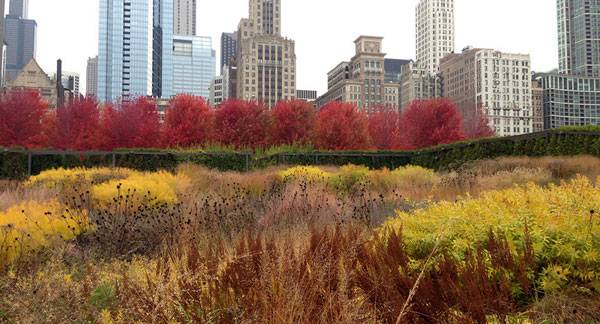
Per Gustafson Guthrie Nichol’s concept, Lurie Garden, makes use of dramatic swaths of color throughout the seasons. Image credit: Northwind Perennial Farm
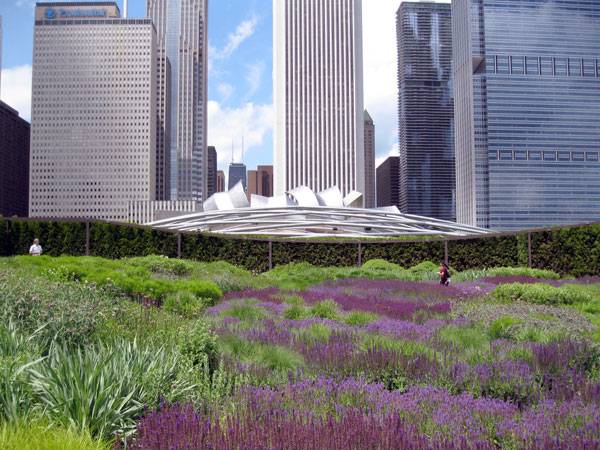
“Lurie Garden in sun” by Ruhrfisch (talk) – Photographed it myself. Licensed under GFDL via Wikimedia Commons

Roy Diblik at the Lurie Garden. Image credit: Northwind Perennial Farm
- The Well-Tended Perennial Garden, by Tracy DiSabato-Aust
- Manual of Woody Landscape Plants, by Michael Dirr
- The Know Maintenance Perennial Garden, by Roy Diblik
Article by Nicholas Buesking Return to Homepage
Published in Blog


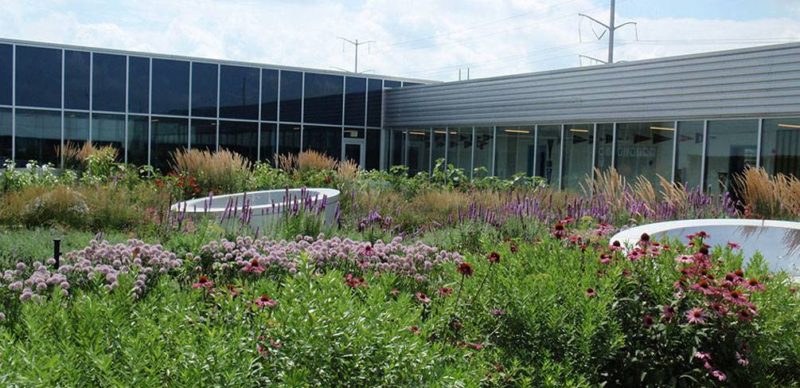
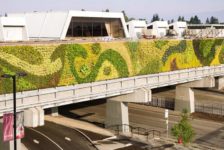
![Beyond Our Landscapes: Interdisciplinary Research and Design for Health [Video]](https://land8.com/wp-content/uploads/2018/02/coco-alarcon-224x150.png)


